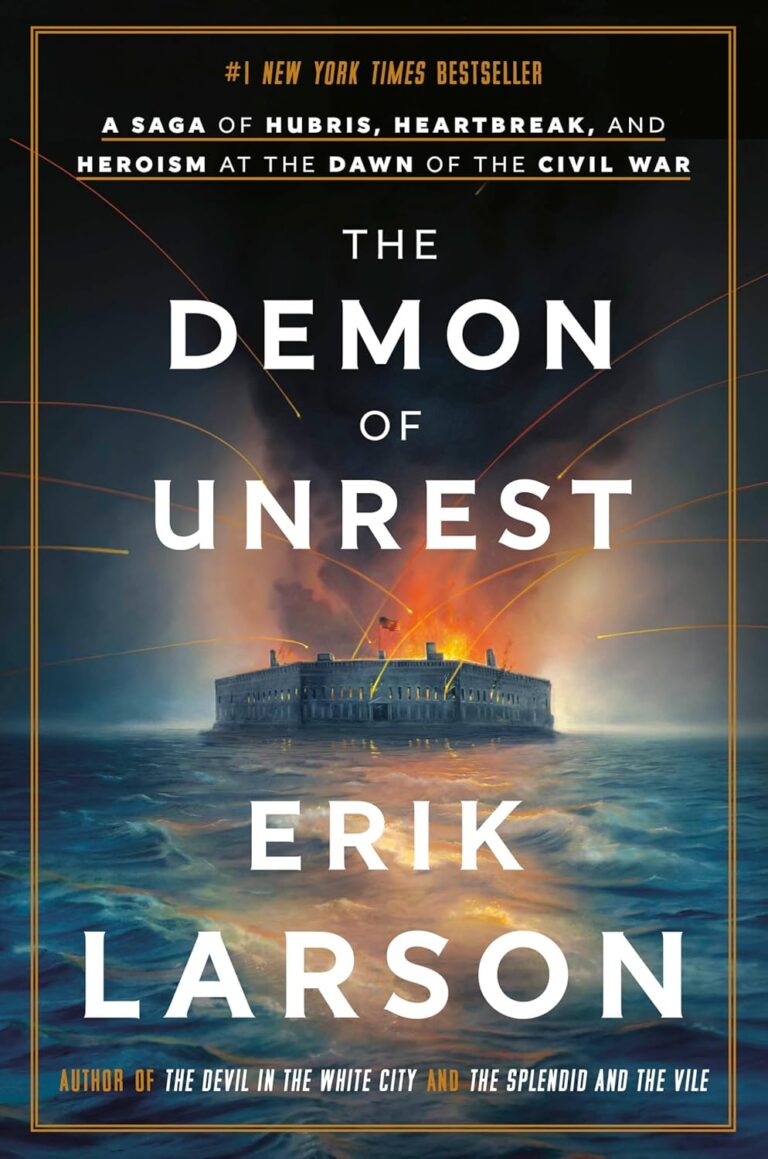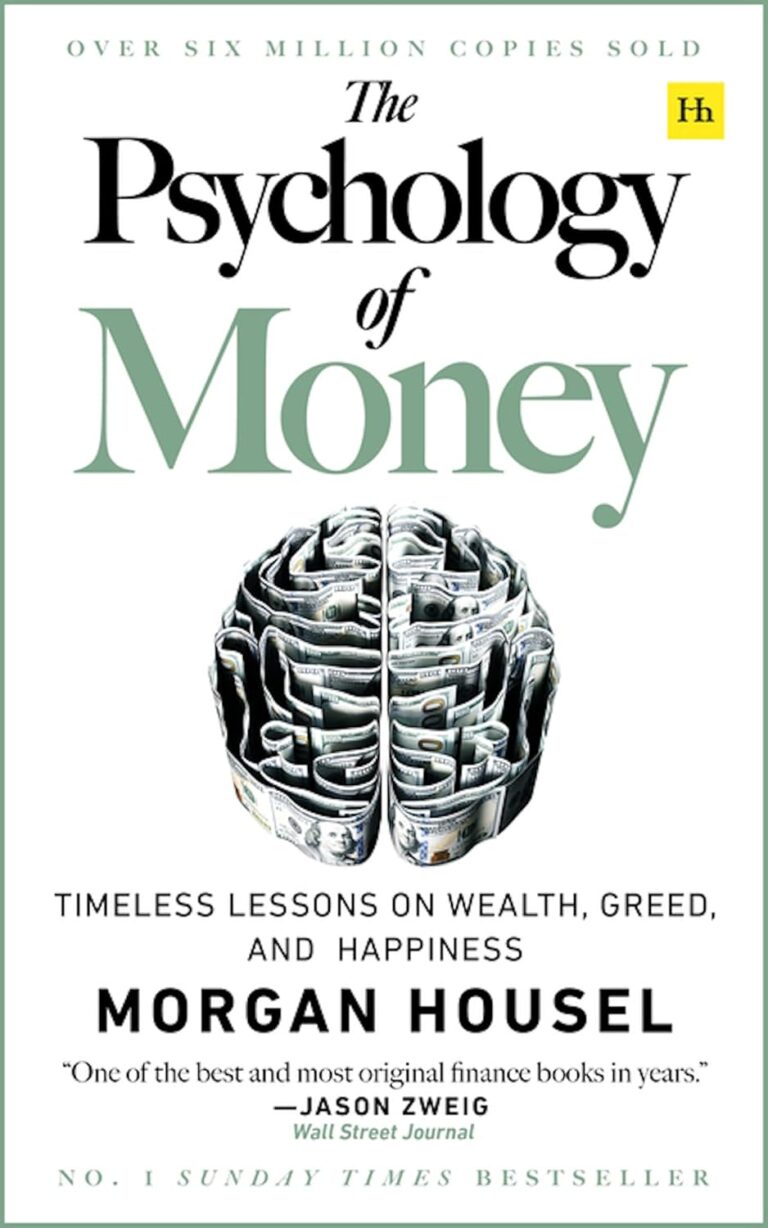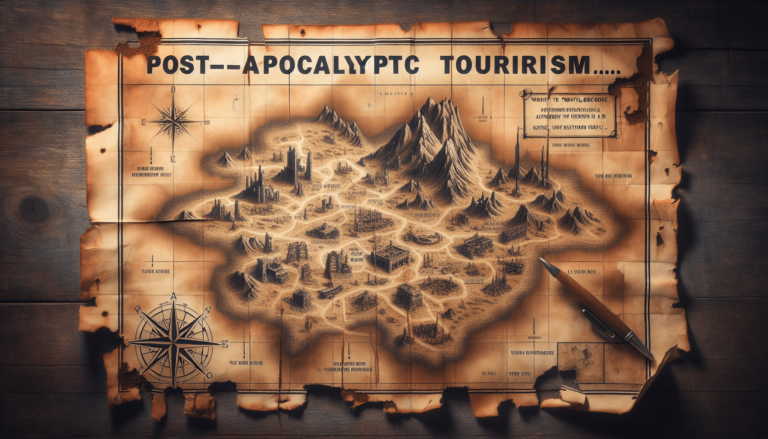Introduction
Hunter S. Thompson’s “Fear and Loathing in Las Vegas” is a cult classic that has been captivating readers since its release in 1971. The book, which chronicles the drug-induced adventures of journalist Raoul Duke and his attorney Dr. Gonzo in Las Vegas, has been praised for its wild and unpredictable narrative style.
Plot Summary
“Fear and Loathing in Las Vegas” begins with Raoul Duke and Dr. Gonzo driving to Las Vegas to cover a motorcycle race. Along the way, they indulge in a variety of drugs, including marijuana, cocaine, and LSD. Once they arrive in Las Vegas, they embark on a series of bizarre and dangerous adventures, including attending a police conference, witnessing a drug deal gone wrong, and ingesting copious amounts of drugs.
Throughout the book, Duke and Gonzo’s drug-fueled antics become increasingly erratic, and they eventually end up back in their hotel room, suffering from severe drug-induced hallucinations. The book ends with Duke reflecting on the insanity of their journey and the decline of the American Dream.
Themes
1 “Fear and Loathing in Las Vegas” explores a variety of themes, including the decline of the American Dream, the nature of drug addiction, and the concept of the antihero. The book also delves into themes of freedom, rebellion, and the search for meaning in a world that seems to have lost its way.
2 One of the most prominent themes in “Fear and Loathing in Las Vegas” is the concept of the antihero. Duke and Gonzo are both flawed and morally ambiguous characters who are difficult to root for. However, despite their many faults, they are also sympathetic in their own way, and readers are drawn to their wild and unpredictable nature.
3 Another important theme in the book is the nature of drug addiction. Duke and Gonzo’s drug use is portrayed as both liberating and destructive, and the book offers a candid look at the highs and lows of drug use. The book also touches on themes of freedom and rebellion, as Duke and Gonzo reject mainstream culture and instead embrace a life of excess and indulgence.
Characters
The book’s two main characters are Raoul Duke, a journalist who is based on Thompson himself, and Dr. Gonzo, his attorney, and partner in crime. Other notable characters include various drug dealers, police officers, and hotel staff who interact with Duke and Gonzo throughout their journey.
Duke is a fascinating character who is both flawed and charismatic. He is a drug user, a heavy drinker, and a chronic gambler, but he is also a gifted writer who is passionate about his work. Dr. Gonzo, meanwhile, is a larger-than-life character who is both intimidating and unpredictable. He is fiercely loyal to Duke and will do anything to protect him, even if it means breaking the law.
Setting
The majority of “Fear and Loathing in Las Vegas” takes place in Las Vegas, Nevada, during the 1960s. The book’s setting is significant because it reflects the culture of excess and experimentation that was prevalent during this time period.
Las Vegas is a central character in “Fear and Loathing in Las Vegas,” and Thompson’s vivid descriptions of the city bring it to life in a way that few other writers have been able to achieve. The book captures the hedonistic and decadent nature of Las Vegas during the 1960s, and the city serves as a powerful symbol of the excess and indulgence that defined the era.
Writing Style
Thompson’s writing style is known for its experimental and unconventional nature. He employs a stream-of-consciousness narrative style that is heavily influenced by drug use and the counterculture movement. The book also features a significant amount of humor and satire.
Thompson’s writing style is heavily influenced by his own drug use and countercultural leanings. He employs a stream-of-consciousness narrative style that is often chaotic and disorienting, but also deeply compelling. The book is full of wild and unpredictable turns, and Thompson’s use of humor and satire adds an extra layer of depth and complexity to the story.
One of the most notable aspects of Thompson’s writing style in Fear and Loathing in Las Vegas is his use of stream-of-consciousness narration. This technique allows the reader to experience the drug-induced, chaotic world of the characters in a more immersive way. Thompson’s writing is also characterized by his use of vivid, often grotesque, imagery and his ability to paint a picture of the scene in the reader’s mind. His writing style can be seen as a reflection of the counterculture movement of the 1960s and 70s, which he was a part of.
Critique
Critics have praised “Fear and Loathing in Las Vegas” for its unique narrative style and its commentary on American culture. However, some have criticized the book for its excessive drug use and its portrayal of women and minorities.
While “Fear and Loathing in Las Vegas” has been widely praised for its unique narrative style and commentary on American culture, it has also faced criticism for its excessive drug use and its portrayal of women and minorities. Some critics have accused Thompson of glorifying drug use and perpetuating harmful stereotypes.
Fear and Loathing in Las Vegas has received both praise and criticism since its publication. Some critics have hailed it as a masterpiece of American literature, while others have criticized it for its graphic and often disturbing content. Some have also accused Thompson of glorifying drug use and reckless behavior.
However, many readers and critics have praised the book for its ability to capture the spirit of the counterculture movement and its commentary on the state of American society during the time period. It remains a classic of the genre and a popular read for those interested in the history of the counterculture movement.
READ : Snorkeling & diving equipment’s in 2023
Key Highlights
Duke and Gonzo’s drug-induced hallucinations and paranoia
The chaotic and unpredictable nature of the narrative
The book’s commentary on American culture and the decline of the American Dream
Noteworthy Quotes
“We had two bags of grass, seventy-five pellets of mescaline, five sheets of high-powered blotter acid, a saltshaker half-full of cocaine, and a whole galaxy of multi-colored uppers, downers, screamers, laughers… and also a quart of tequila, a quart of rum, a case of Budweiser, a pint of raw ether and two dozen amyls.”
“When the going gets weird, the weird turn pro.”
Noteworthy Quotes
1 “The edge… there is no honest way to explain it because the only people who really know where it is are the ones who have gone over.”
2 “Buy the ticket, take the ride.”
3 “We had all the momentum; we were riding the crest of a high and beautiful wave. So now, less than five years later, you can go up on a steep hill in Las Vegas and look West, and with the right kind of eyes you can almost see the high-water mark—that place where the wave finally broke and rolled back.”
“The edge… there is no honest way to explain it because the only people who really know where it is are the ones who have gone over.”
4 “Buy the ticket, take the ride.”
5 “We had all the momentum; we were riding the crest of a high and beautiful wave. So now, less than five years later, you can go up on a steep hill in Las Vegas and look West, and with the right kind of eyes you can almost see the high-water mark—that place where the wave finally broke and rolled back.”
Other Books by Hunter S. Thompson
If you enjoyed Fear and Loathing in Las Vegas, there are plenty of other books by Hunter S. Thompson that you might want to check out. Some of his other notable works include:
1 Hell’s Angels: A Strange and Terrible Saga the rum diary
2 Fear and Loathing: On the Campaign Trail ’72
3 Gonzo Papers, Vol. 1: The Great Shark Hunt
4 Fear and Loathing in America: The Brutal Odyssey of an Outlaw Journalist
5 Better Than Sex: Confessions of a Political Junkie
6 Kingdom of Fear: Loathsome Secrets of a Star-Crossed Child in the Final Days of the American Century
7 The Proud Highway: Saga of a Desperate Southern Gentleman, 1955-1967
8 Generation of Swine: Tales of Shame and Degradation in the ’80s
9 Songs of the Doomed: More Notes on the Death of the American Dream
Conclusion
Fear and Loathing in Las Vegas is a groundbreaking work of American literature that captures the spirit of the counterculture movement of the 1960s and 70s. Its vivid portrayal of drug use and reckless behavior has made.




